Having a green lawn does not only come with aesthetic benefits. Did you know that a lawn can help cool down your home, that it releases a significant amount of oxygen, and that it captures dirt and dust thus keeping your family healthy? Well, now you do. Plus, when you have a gorgeous lawn, you can use it for various activities as well, like hosting BBQ parties in your yard.
While we all strive to have a healthy and beautiful lawn, a lot of us have trouble actually creating one. From listening to wrong advice to simply being a novice at lawn care, there are plenty of reasons why this might happen. To help you out, we’ve gathered the most useful tips in one place so that you will have an easier time taking care of your lawn and making it the envy of the entire neighborhood.
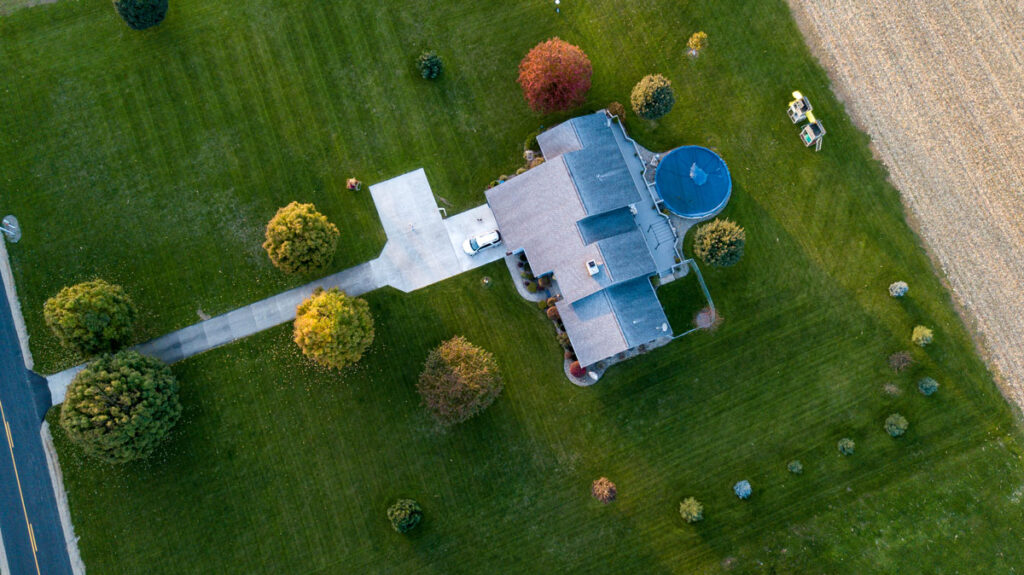
Test your soil
Regardless of whether you are a new homeowner that never had to take care of a lawn before or someone that has tried and failed to keep a lawn alive several times, the first step is always the same. You need to test your soil to see what you are working with. Perhaps it is lacking some vital nutrients, which means that the grass simply does not have the optimal conditions to thrive.
What you can do is take a sample of the soil to a local nursery for them to test it or you can purchase a test from them or online and do the test yourself. These tests should tell you whether there is a lack of phosphorus, nitrogen, or potassium and you will know how to proceed. Something else you can find out is if the soil is alkaline, acidic or neutral.
Work on improving the soil
Once you have a better understanding of the type of soil you’re working with, you can work on improving it. Seeing as how most plants prefer neutral pH, if the soil at your disposal is too acidic or alkaline, you will have to find a way to adjust the pH levels. Then, if the soil is poor in nutrients, you will also have to look for fertilizers that will provide it with all the necessary elements.
You can ask the people at the nursery how to fix up your lawn as they will surely have good advice, or you can look for some guidance online. Just make sure you follow the manufacturer’s instructions when applying the store-bought fertilizer. On the other hand, you can try some alternative methods of improving the soil quality such as composting.
Decide on the right type of grass
In order for it to thrive, you need to ensure you have the right type of grass. There are many types of grass and some do better in warm climates while others succeed in colder areas. This is vital to keep in mind when choosing the grass you will plant. Take the weather conditions into account as well. Is there a lot of rain, humidity, and scorching sun in your area?
Bermuda grass, zoysia, and bahiagrass are known to do well in these conditions. So, look online to see which types of grass are best suited to your geographical location. Furthermore, when choosing the grass, you need to think about how the lawn will be used. Is it going to have a purely decorative function? In that case, you can consider some decorative grasses as well.
Are your kids and pets going to use it as a play area? Maybe look for artificial grass or some that can take a lot of traffic. Finally, if you think you will not have a lot of time for maintenance, look for a variety that is low maintenance.
Aerate when the time is right
Other than the soil not being full of nutrients or having the right pH levels, you can also be faced with compacted soil. Dealing with compacted soil means that the roots have no space to grow, which has a detrimental effect on the grass.
The best way to deal with this issue is to aerate the lawn. Aeration is a process where plugs of soil are taken out, thus providing the roots with more room. Moreover, this also allows air, water, and nutrients to penetrate the soil easier and deeper. You can get aerator shoes, look for some manual tools, or rent a gas-powered aerator which would be the most efficient solution to this problem.
However, the timing of aeration is also important. While it can be done in the spring, you should keep in mind that fall is the better alternative. Once you have holes in the soil, don’t forget to apply weed killers in addition to the fertilizer.
Fertilize if necessary
As we said, testing the soil will show you if there are any nutrients missing. If the results show the soil is in need of fertilizing, consult with a professional to see which type would be the best for your type of grass. They will probably recommend a mix of fast- and slow-release fertilizers that make the lawn green quickly and feed it in the long run.
Plus, check with them when you should use the fertilizer as warm- and cool-season grasses are fertilized at different times. For instance, warm-season types should be fertilized in the spring. Finally, keep in mind that you should not go overboard with the fertilizer as too much nitrogen can actually burn the lawn. Stick to the instructions.
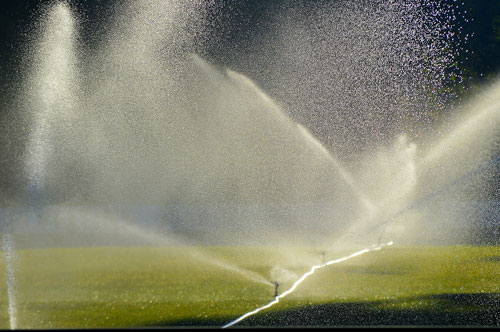
Watering properly is essential
For the grass to grow and be beautiful, it also needs to be watered properly. You might be tempted to water it daily; however, you should not do that. Plus, when people do this, it’s usually a quick, shallow watering which leads to shallow roots and weakened grass.
Instead of this approach, you should water your lawn deeply and less frequently because that helps develop deep and strong roots. Lawns require around one to two inches of water per week so it’s best to water them every three to four days. Watering early in the morning is the best as it will allow the soil enough time to absorb the water, as opposed to watering in the evening which might lead to various diseases developing.
Having a quality sprinkler on your side will be essential, just make sure you get the right type. You might need an oscillating one or an impulse one. Also, consider using soaker hoses and getting a timer if you just can’t force yourself to get up early in the morning.
Get rid of weeds
Unfortunately, weeds are mostly unavoidable seeing as how there are so many ways how they can end up on your lawn, from birds flying over to you bringing in seeds on your footwear. As there are plenty of different kinds, treatment varies. Some, you can simply pull out by hand. When you do that, make sure you’ve also pulled out the root. Others, you will have to spot treat with herbicides. Look for varieties that are organic and non-toxic to humans and animals.
On the other hand, you can also apply pre-emergent weed killers when aerating your soil, as we mentioned earlier. This approach should stop weeds from growing altogether. You should also get rid of moss on your lawn if you spot any as well as thatch. While a thin layer of fallen leaves can be beneficial, a thick layer will block the moisture and nutrients from penetrating the soil and reaching the roots.
Control the pests
Besides weeds, there are other pests that could damage your lawn. For example, grasshoppers and other chewing insects might attack grass blades. Then, burrowing critters are known to munch through roots. What is more, you might even see mole tunnels that will ruin your lawn’s aesthetic.
Japanese beetles, grubs, chinch bugs, and ants are just some of the many you might encounter. Luckily, there are plenty of ways how you can control pests in your yard. From organic DIY methods to a full pest control charlottesville service, your choices abound – just do some research to see what you’re dealing with.
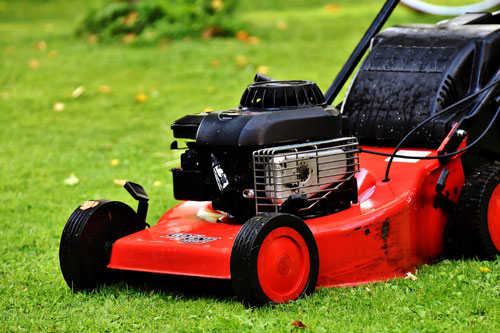
Learn how to mow
Gorgeous lawns also need mowing in order to stay healthy. There are many tips and tricks when it comes to mowing and you should adopt all of them. For one, never cut the grass too short as that can not only damage it but weaken it and create room for weeds. Only take a third of the top and check the optimal height for your grass in order for it to grow best. Most grasses are kept at three to four inches. Then, you need to ensure the mower’s blades are sharp before you start mowing.
Dull blades can seriously damage the grass and you do not want that. So, take the mower blades to be professionally sharpened or look for an online tutorial on how you can do it yourself. Also, remember to never mow wet grass. It can damage both the grass and the mower. Finally, you should look into various mowing patterns as that will ensure the mower’s wheels don’t go over the same area all the time, as that can lead to compaction and bald spots.
Teach your kids and train your pets
Once you’ve done everything in your power to make your lawn healthy and beautiful, you now have to make sure it stays that way. In addition to regular maintenance like watering, feeding, mowing, and weeding, you should also make sure other household members know how important keeping the lawn green and perfect is to you. For example, if you have kids, explain to them which areas they can play sports on and where they can run around. Then, spot-train your dogs to prevent their urine from turning your lawn yellow.
This might seem overwhelming but if you care about the state of your lawn, this will not be too difficult. Plus, once you start doing it regularly, it will become a habit and you will soon have the most beautiful lawn on the block.
Patrick Adams is a freelance writer and rock-blues fan. When he is not writing about home improvement, he loves to play chess, watch basketball, and play his guitar. More than anything, he loves to spend his time in his garage, repairing appliances and creating stuff from wood

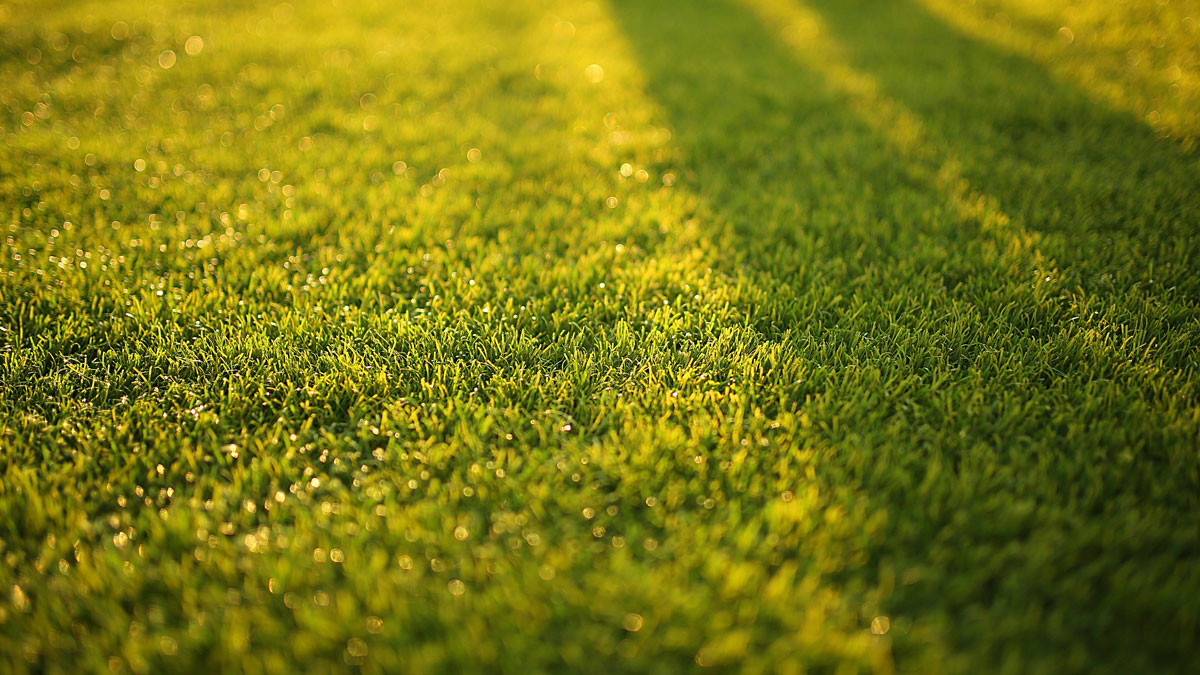


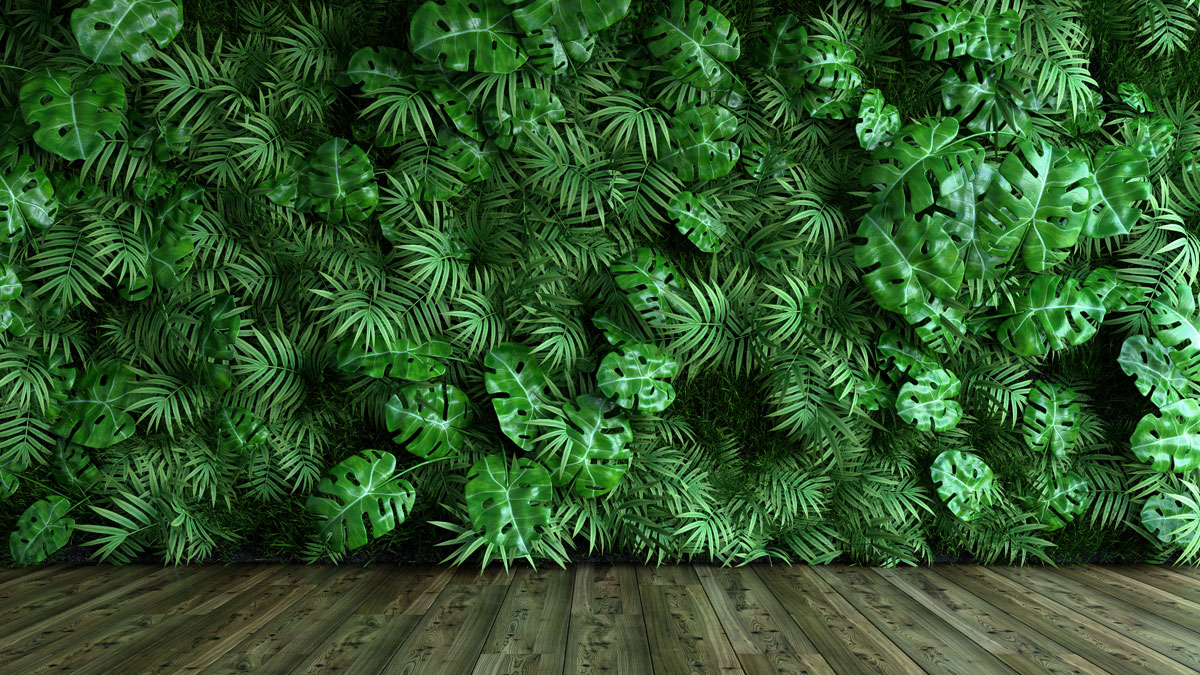






 Deering Estate
Deering Estate
 Massage Envy South Miami
Massage Envy South Miami
 Calla Blow Dry
Calla Blow Dry
 My Derma Clinic
My Derma Clinic
 Sushi Maki
Sushi Maki
 Sports Grill
Sports Grill
 The Healthy Kitchen
The Healthy Kitchen
 Golden Rule Seafood
Golden Rule Seafood
 Malanga Cuban Café
Malanga Cuban Café

 Kathleen Ballard
Kathleen Ballard
 Panter, Panter & Sampedro
Panter, Panter & Sampedro
 Vintage Liquors
Vintage Liquors
 The Dog from Ipanema
The Dog from Ipanema
 Rubinstein Family Chiropractic
Rubinstein Family Chiropractic
 Your Pet’s Best
Your Pet’s Best
 Indigo Republic
Indigo Republic




 ATR Luxury Homes
ATR Luxury Homes


 2112 Design Studio
2112 Design Studio
 Hamilton Fox & Company
Hamilton Fox & Company
 Creative Design Services
Creative Design Services
 Best Pest Professionals
Best Pest Professionals
 HD Tree Services
HD Tree Services
 Trinity Air Conditioning Company
Trinity Air Conditioning Company
 Cisca Construction & Development
Cisca Construction & Development
 Mosquito Joe
Mosquito Joe
 Cutler Bay Solar Solutions
Cutler Bay Solar Solutions


 Miami Royal Ballet & Dance
Miami Royal Ballet & Dance
 Christopher Columbus
Christopher Columbus
 Pineview Preschools
Pineview Preschools
 Westminster
Westminster
 Carrollton
Carrollton
 Lil’ Jungle
Lil’ Jungle
 Frost Science Museum
Frost Science Museum
 Palmer Trinity School
Palmer Trinity School
 South Florida Music
South Florida Music
 Pinecrest Orthodontics
Pinecrest Orthodontics
 Dr. Bob Pediatric Dentist
Dr. Bob Pediatric Dentist
 d.pediatrics
d.pediatrics
 South Miami Women’s Health
South Miami Women’s Health

 The Spot Barbershop
The Spot Barbershop
 My Derma Clinic
My Derma Clinic




 Miami Dance Project
Miami Dance Project

 Rubinstein Family Chiropractic
Rubinstein Family Chiropractic
 Indigo Republic
Indigo Republic

 Safes Universe
Safes Universe
 Vintage Liquors
Vintage Liquors
 Evenings Delight
Evenings Delight





 Atchana’s Homegrown Thai
Atchana’s Homegrown Thai
 Baptist Health South Florida
Baptist Health South Florida

 Laser Eye Center of Miami
Laser Eye Center of Miami
 Visiting Angels
Visiting Angels
 OpusCare of South Florida
OpusCare of South Florida

 Your Pet’s Best
Your Pet’s Best





 HD Tree Services
HD Tree Services
 Hamilton Fox & Company
Hamilton Fox & Company


 Creative Design Services
Creative Design Services